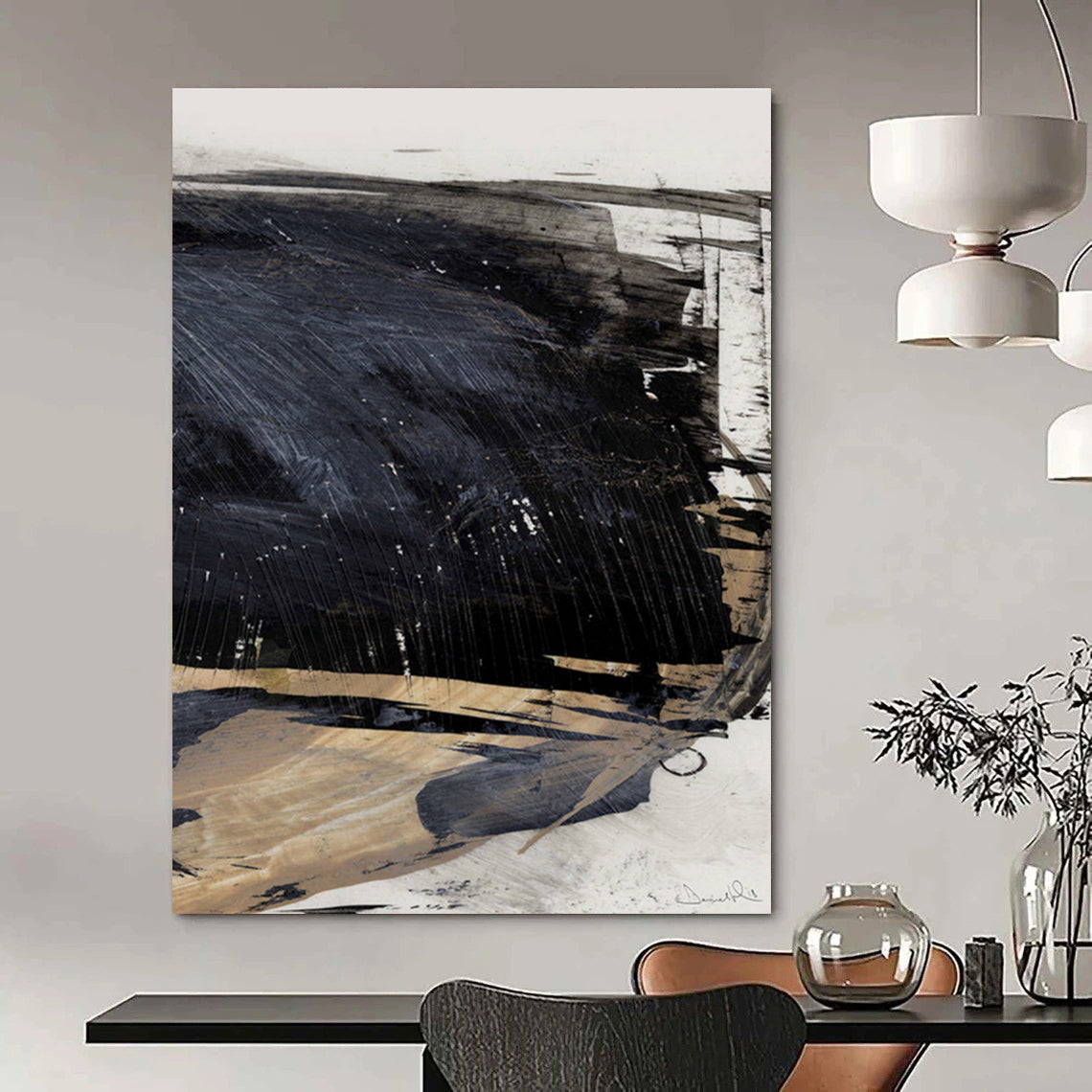Your art studio is more than just a physical space — it is the heart of your creative process. A well-organized studio fosters inspiration and efficiency, helping you focus fully on your artistic work. Whether you work in a spacious loft or a small corner at home, implementing effective organization strategies can transform your environment into a dynamic, clutter-free sanctuary.
One of the first steps to achieving a functional studio is to categorize and contain your materials properly. Grouping supplies such as colored pencils, charcoal sticks, and soft pastels into dedicated containers or holders prevents clutter and speeds up your creative flow. For example, using rotating pencil holders or transparent jars allows you to quickly grab the right tool, enhancing productivity. This approach to art studio organization is widely recommended for artists seeking a streamlined workflow.

Selecting the right furniture and lighting plays a vital role in your studio’s comfort and usability. A sturdy drawing table or drafting table set at an adjustable angle helps maintain correct posture and perspective during long sessions. Likewise, investing in an ergonomic chair reduces strain and supports your back, ensuring that fatigue does not impede your creativity. Proper illumination is equally essential — while natural lighting is best, in its absence, daylight-simulating lamps from brands like The Daylight Company replicate sunlight and reveal true colors accurately, a must-have for color critical work.

Maximizing your studio space, especially if limited, requires smart storage solutions. Vertical organizers such as wall-mounted pegboards and floating shelves keep your most-used tools within reach and save precious floor area. Using a rolling storage cart adds mobile convenience, allowing you to transport supplies from one part of the studio to another effortlessly. Labeling containers or opting for clear boxes further reduces time spent searching and streamlines your workflow.

Beyond functionality, your studio’s environment should inspire and calm you. Regular cleaning routines help maintain this atmosphere by preventing overwhelming clutter from accumulating. You can personalize your space with favorite artworks, plants, or cherished objects to evoke motivation and joy. Thoughtful layout arrangements — like positioning your workspace near a window or facing a view — can elevate your mood and creative energy.
Sustainable good habits are key to keeping your studio organized. Scheduling weekly tidying sessions and seasonal inventory checks ensures your materials remain in order and ready when needed. Protecting finished and ongoing artworks with proper storage methods is also critical to preserving your creative output.

Image Sources
-
For ideas and inspiration, visit art organization blogs such as Ann Richman Art’s studio tips, which features photos and detailed examples of effective setups.
-
Examples of ergonomic studio furniture and daylight lamps can be found on specialist websites like The Daylight Company.
-
Storage products such as rotating pencil holders, clear containers, and rolling carts are available through general retailers like Amazon or IKEA, offering a range of practical and affordable options.
Frequently Asked Questions (FAQ)
1. Why is art studio organization important?
An organized studio boosts creativity by minimizing distractions, saving time on finding supplies, and creating a comfortable environment conducive to artistic focus.
2. How should art supplies be organized?
Supplies should be grouped by category—pencils, paints, brushes, papers—and stored in dedicated containers or organizers that provide easy access and clear visibility.
3. What furniture is recommended for an art studio?
A sturdy desk or drafting table with adjustable angles is ideal, along with a supportive ergonomic chair and well-designed lighting, preferably daylight lamps that mimic natural sunlight.
4. What space-saving storage solutions work best?
Vertical storage such as pegboards, shelves, and wall-mounted organizers, coupled with mobile options like rolling carts, help keep materials organized and accessible without cluttering the floor.
5. How often should the studio be cleaned and reorganized?
Regular maintenance, such as weekly tidying and periodic inventory checks, is essential to prevent clutter and maintain an efficient workspace.
Organizing your art studio is a valuable investment in both your creative process and well-being. By incorporating thoughtful storage, ergonomic furniture, and personal touches, you can cultivate a motivating space where your artistic visions flourish.

